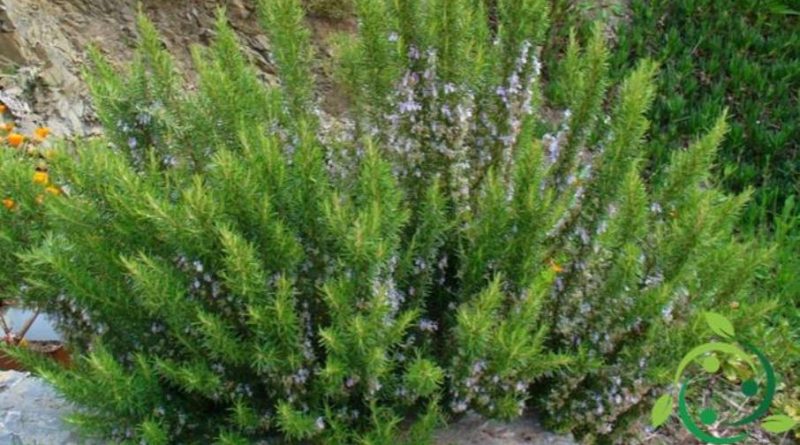How to grow rosemary in a biological way
How to grow rosemary in a biological way
Rosemary (Rosmarinus officinalis L., 1753) is an aromatic perennial species of the Lamiaceae family. For cultivation it must be considered that this species is now used in intensive and specialized cultivations. But this is not always in favor of the organoleptic qualities and essential oils present. Like all plants, specialization decreases the organoleptic characteristics and the concentration of essential oils and other active ingredients. In this sheet we will see how to grow rosemary in a biological way, favoring its organoleptic qualities. Rosemary, for a good production of essential (essential) oil, still requires a sunny position sheltered from walls with icy winds; light well drained sandy-peaty soil. Rosemary is not very resistant to harsh and prolonged climates.
As far as the system is concerned, it is possible to use sixths with distance between rows and in the variable row and this above all depending on the type of company mechanization. In general the plant density must be between 1.5 – 2 plants per square meter. It can also be cultivated in pots on terraces, taking care to place cracks on the bottom for optimal drainage, repotting every 2-3 years, using universal soil mixed with sand, monthly fertilizations with liquid fertilizer mixed with the water of watering, which will be checked and thinned out in winter. In spring the plant is renewed by cutting the main jets, to obtain a bushy appearance, without having to resort to pruning. It is easily multiplied by apical cuttings of the new spring jets taken from the basal shoots and the most vigorous plants planted for at least 2/3 of their length in a mixture of peat and sand; or it is sown in April-May, it is transplanted in September or in the following spring; or it is multiplied by division of the plant in spring. As a result of the mechanisms of defense from the heat and the arid (typical of the Mediterranean scrub), the plant presents, if the climate is sufficiently hot and dry in summer and warm in winter, the phenomenon of summering: in the summer the plant stops almost completely the vegetation, while it has the luxuriance of vegetation and the vital phases (flowering and fructification) respectively in late autumn or winter, and in spring. In cooler and humid climates the vegetation phases can be moved towards the summer. However, in summer, especially if it is hot, the plant always tends to enter a resting phase. Fertilization must be carried out for the real use of the plant. Soils rich in nitrogen increase leaf production but at the expense of essences and oils. For this reason it is good to carefully evaluate the choices to make according to its final destination. Irrigation improves its quantitative aspects but should be avoided in the vicinity of harvesting periods in order not to compromise the production of essential oils. It is also advisable to perform a bottom fertilization with well-composted manure. Being a spontaneous and very rustic plant it does not need any particular periodic fertilization. To increase the ecological balance of your cultivation you can associate with: Salvia, Timo, Mentha piperita, Cabbage and Carrots.
Although rosemary is a very rustic plant, a feature that improves with good organic farming techniques, the parasites that can affect this crops are above all: the powdery mildew and the alternaria, among the fungal and aphids and thrips among the insects. Excellent in this case would be the treatment with horsetail products (useful against insects and fungal diseases) to be carried out at the first appearance of fungal or insect attacks.

